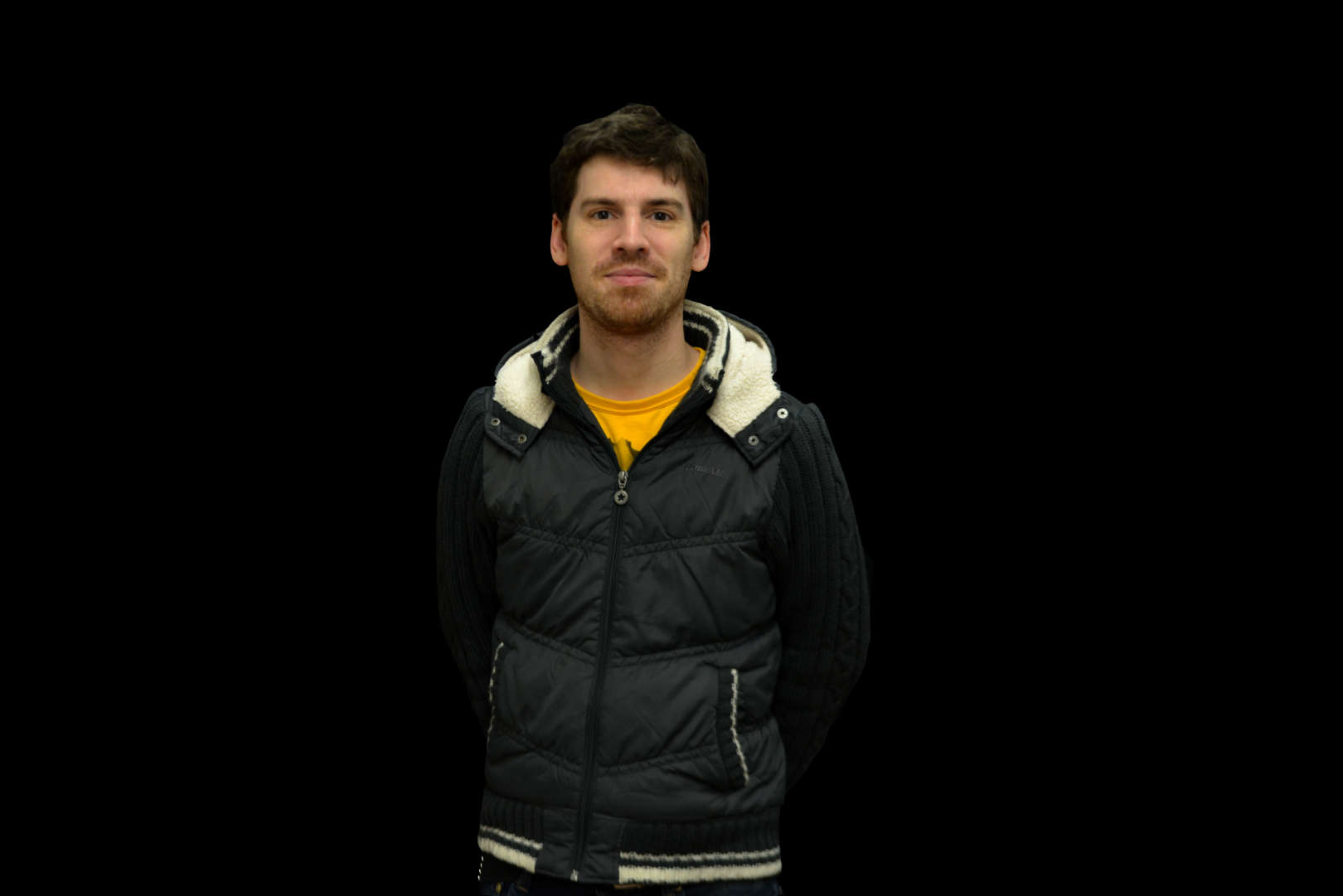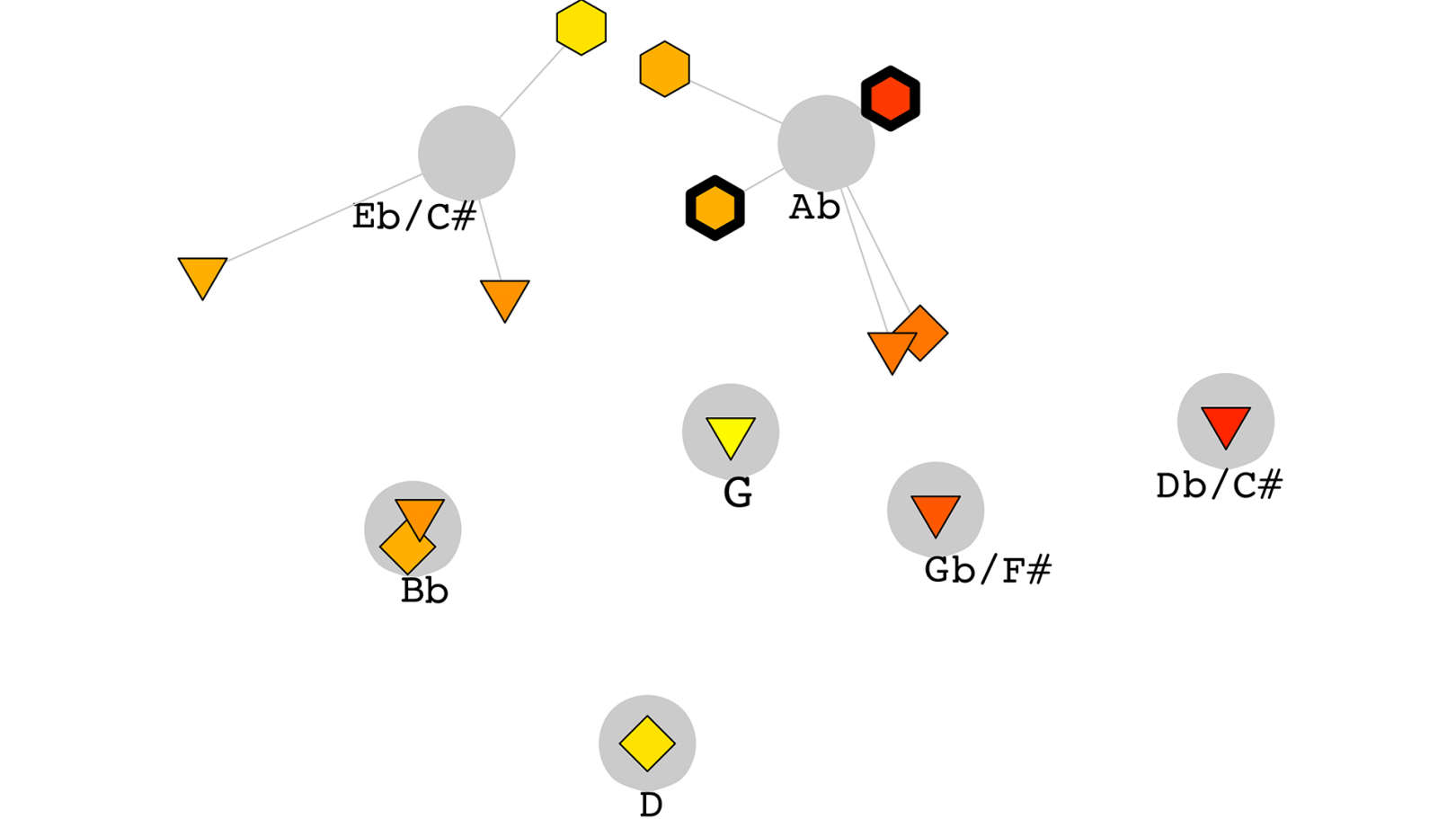About
I am a Senior Researcher in CTM where I coordinate the Sound and Music Computing research group. My main area of research is in the application of digital signal processing and machine learning techniques to music information retrieval (MIR). My primary research interest has been in the automatic extraction of rhythmic structure from music signals, however I have also undertaken research on evaluation methodologies, music therapy, sparse signal processing methods, object based coding of music and the analysis of groove.
My current activity, as an FCT Investigator, is on the emerging field of creative-MIR, where I am exploring techniques for the perception and measurement of music compatibility for automatic music remixing and recombination. I am also an Associate Editor for IEEE/ACM Transactions on Audio Speech and Language Processing.



